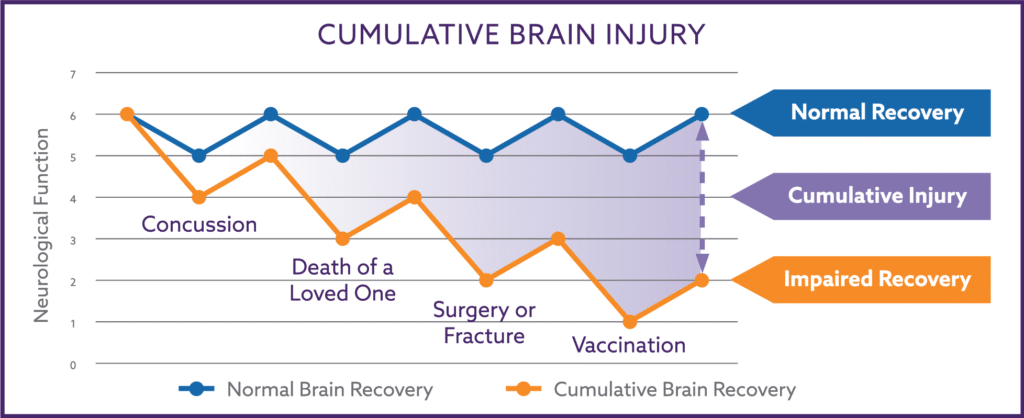Modern humans evolved from our Stone Age ancestors that lived within a hunter-gatherer society whose main sources of food were animal meat and plants. The animal meat provided a significant source of protein and fat while the plants they ate provided a significant amount of vitamins, minerals and fiber.
Scientists estimate that Stone Age humans diet consisted of approximately 60% animal products and 40% plants with a relative small fraction of simple carbohydrates that came from wild fruit and honey.
Obtaining carbohydrates as part of the diet was difficult for Stone Age humans and it wasn’t until the agricultural revolution (the period when man began learning how to farm and raise livestock) 5,000 to 10,000 years ago that humans began increasing the amount of carbohydrates in their diet.
Ten thousand years is a relatively short time span considering the millions of years humans have required to evolve to our present form. To put the time into perspective, if a 100-yard football field represented the entire time span of human evolution, the last 10,000 years would be represented in only the final ¼ inch of the field.
Scientifically speaking, a few thousand years is not much time for the human species to evolve and adapt to the increasing carbohydrate consumption of modern society. Carbohydrate metabolism evolution is even less likely considering that many human populations didn’t readily have a continuous supply of carbohydrates in their diet until 300-400 years ago.
My next post will talk about modern day life and the consumption of carbohydrates.


